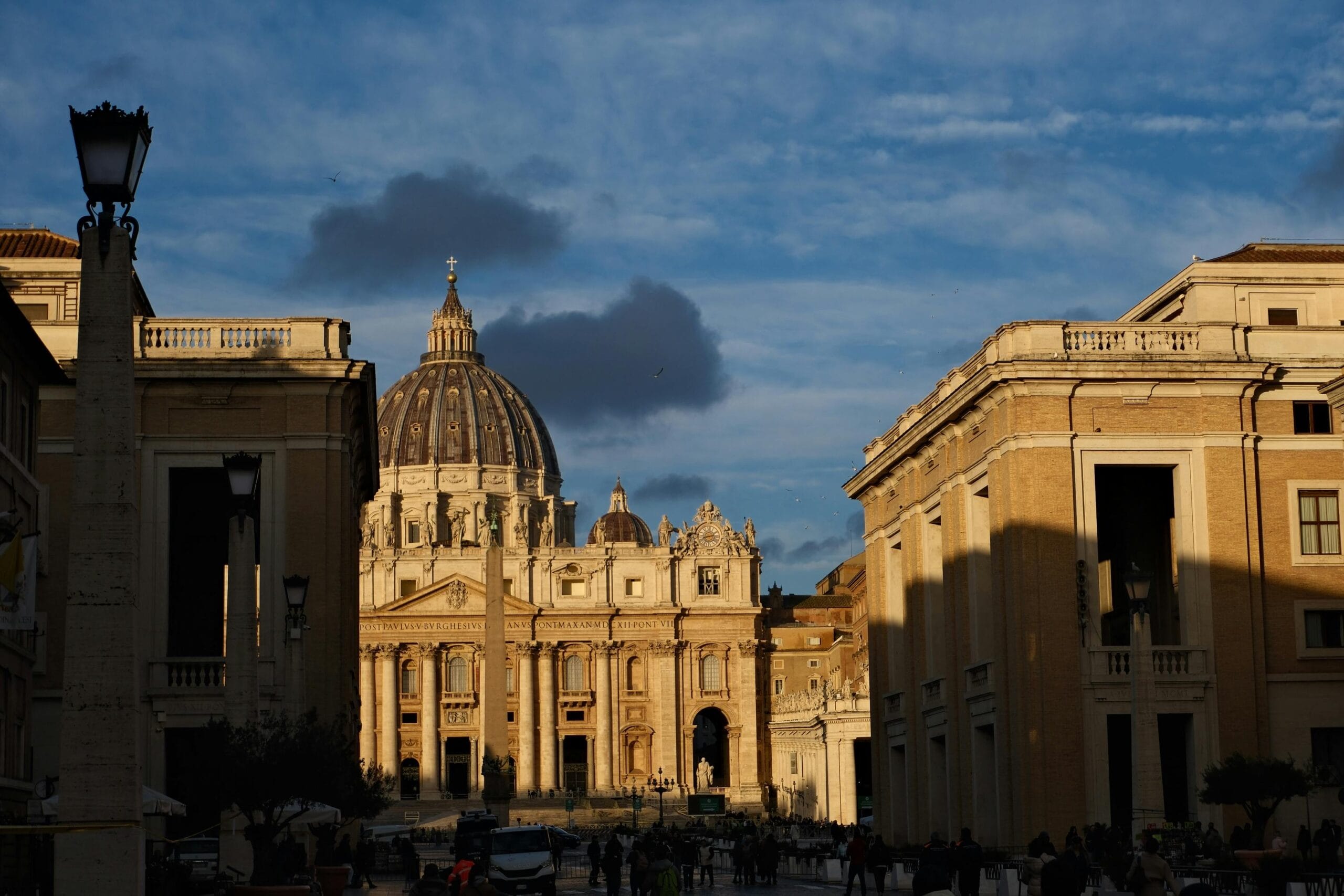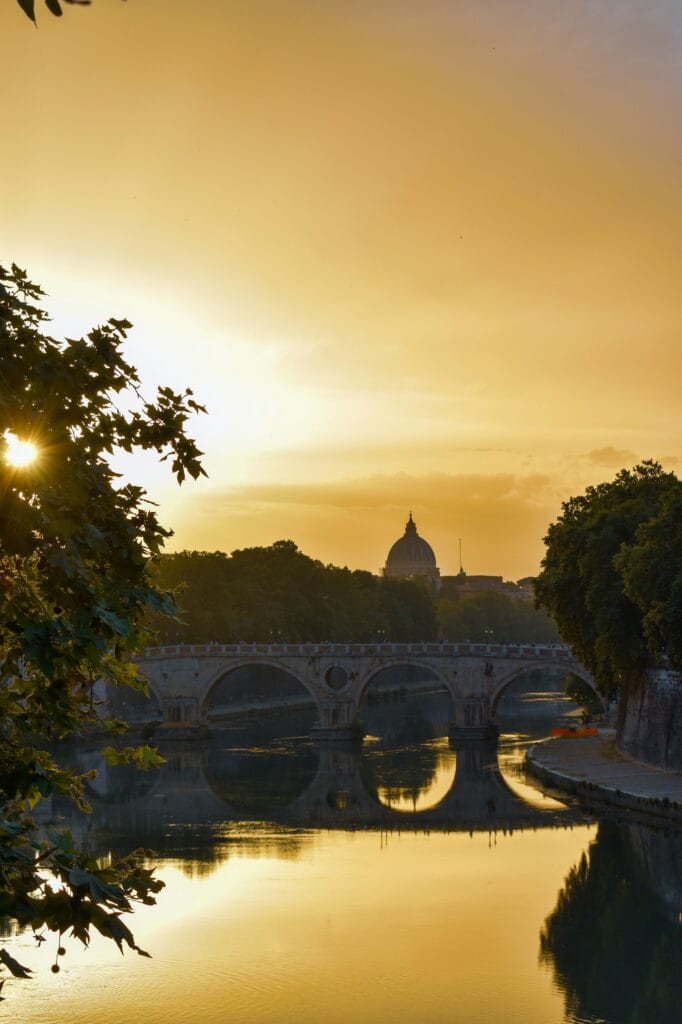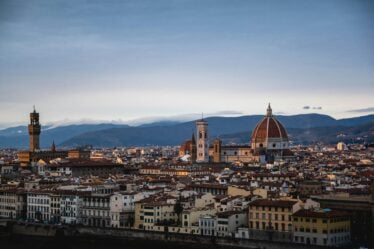

The Devil’s Stone Mystery is one of the most fascinating hidden secrets inside the Church of Santa Sabina on the Aventine Hill in Rome. This story combines history, faith, and legend, capturing the imagination of pilgrims, visitors, and anyone intrigued by Rome’s ancient past.
The Church of Santa Sabina
The Devil’s Stone Mystery begins inside the Basilica of Santa Sabina, one of the best-preserved Paleochristian churches in Rome. Built in the 5th century on the original house of Saint Sabina, this church represents a cornerstone of early Christian architecture. Its simple yet majestic interior allows visitors to step back in time and admire how early Christians celebrated their faith.
For more about the church’s architecture and history, you can visit the official Vatican website.
The Hidden Stone on the Left Side
Moving towards the back of the church, on the left-hand side, visitors can notice something unusual: resting on a travertine column is a mysterious black stone. This is the legendary “Lapis Diabolis,” better known as the Devil’s Stone.
According to tradition, this strange object holds the heart of the Devil’s Stone Mystery, and it has sparked fear and curiosity for centuries.
The Legend of the Devil’s Stone
The legend tells us that one night, the Devil himself became enraged with Saint Dominic, who was praying and worshiping on the steps of Santa Sabina. Out of fury, the Devil grabbed a burning stone from the depths of hell, made it incandescent, and hurled it with all his might at the saint.
Yet, the miraculous Devil’s Stone Mystery unfolded: the stone bounced harmlessly off Saint Dominic, who did not even flinch from his prayer. Furious and defeated, the Devil had no choice but to retreat back to the inferno.
If you look closely at the stone today, you can still see the marks believed to be the scratches of the Devil’s claws.
For more about Saint Dominic’s life, visit Dominican Friars Foundation.
Fear, Faith, and Folklore
But is the story true? Some suggest it was a tale invented to instill fear in children and awe in pilgrims visiting the church. Others believe that, like all legends, the Devil’s Stone Mystery hides a fragment of truth, rooted in faith and tradition.
This mix of folklore and devotion is what makes Rome’s churches unique, offering not only places of worship but also stories that have shaped centuries of Christian imagination.
For additional historical insights into Rome’s early churches, you can check Rome’s tourism portal.
Visiting Santa Sabina Today
Santa Sabina remains a must-see destination on the Aventine Hill, not only for its architecture but also for the captivating legend of the Devil’s Stone Mystery. Whether you believe in the story or see it as folklore, it adds a layer of intrigue to one of the most spiritual corners of Rome.
When exploring the Aventine Hill, don’t forget to also visit the famous “Orange Garden” nearby, offering breathtaking views over Rome and St. Peter’s Basilica.
For travel tips about the Aventine Hill, explore Rome.info.



